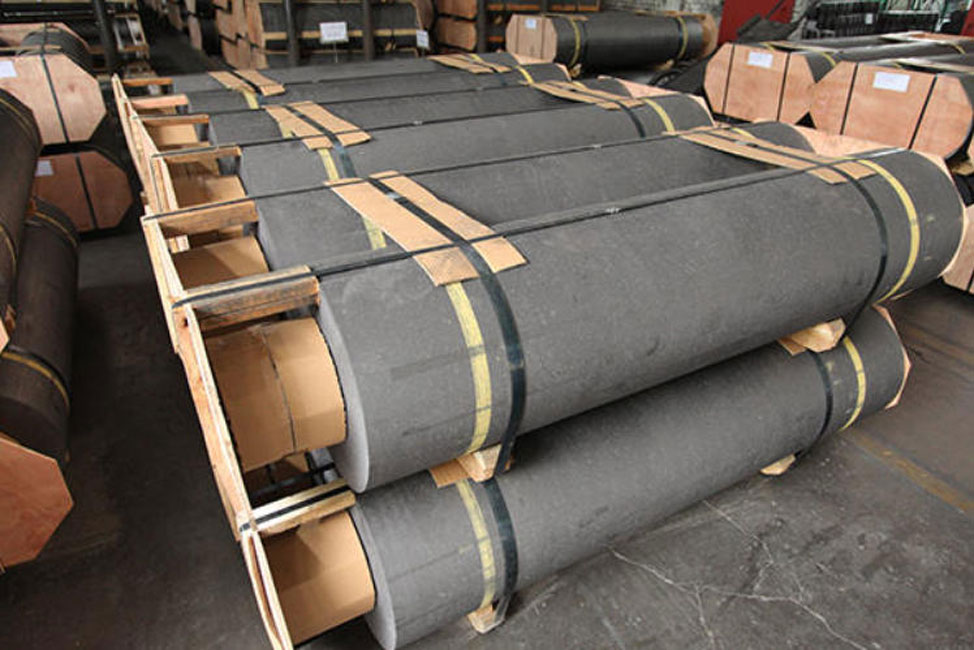
Graphite is the most common raw material used in manufacturing electrodes for electric arc furnace steel production. It is an excellent conductor of electric current, making it perfect for melting scrap metals and other raw materials using equipment like electric arc furnaces. It can also withstand high temperatures and does not disintegrate when exposed to electrical currents. Its chemical and thermal inertness make it the ideal material for applications that combine extreme heat with electricity.
To get the best out of your Graphite Electrode it is essential to know how it functions and how it compares with Carbon electrodes. These two conductive materials both use carbon as a base. However, they have differences that set them apart. The most notable difference is the way they are manufactured.
Graphite is a by-product of industrial processes. The raw material is mixed with other materials such as binders and additives to create the finished product. This process is essential to ensuring the electrodes will withstand the high temperature they are exposed.
Most graphite binders are made from coal tar or petroleum pitch. These binders are essential for keeping the carbon material in place and forming a solid structure that can hold up to mechanical stress. They also prevent cracking in the manufacturing process. They are also able to keep the electrodes from absorbing too much moisture, which could damage their performance.

Other additives that are often used include sodium hydroxide, boron compounds, and magnesium oxide. Sodium Hydroxide is frequently added to reduce the chance of cracking during manufacture. Addition of Boron compounds increases the electrodes' thermal and electrical conductivity. Mg oxide can also be used to make the electrodes more durable and reduce their brittleness.
Graphite electrodes are more durable and therefore a better selection for high-demand applications. The durability of the electrodes allows them to be used in many charge-discharge cycles. This is critical for battery uses, such as stationary energy storage and electric vehicles.
The manufacturing process of a graphite electrode can be complex, but it is necessary to ensure that the final product meets all quality and safety standards. The first step is to mix the carbon with additives and binder materials into a paste. Then the mixture is molded into the desired shape and baked at high temperatures. The high temperature helps to carbonize binders while eliminating volatile substances. The baking is controlled in order to prevent cracking, and to maintain an even density.
The next step is to test the quality of the electrodes. This can easily be done through cyclic voltammetry. The cyclic volammetricograms of graphite show that this electrode can reduce oxygen. The cathodic peak CI is found at potentials between 1.1-1.4V. This occurs due to oxygen adsorption and trapping within the pore structure of the Graphitic Electrode.

Write a Message